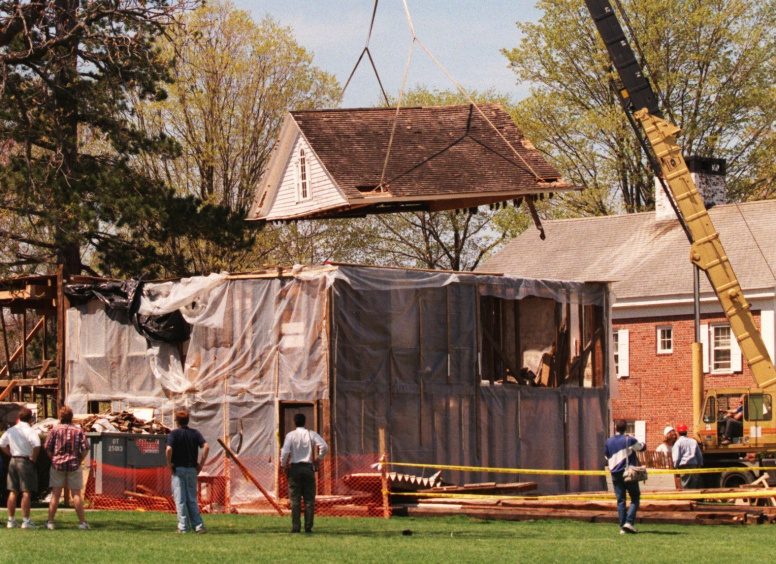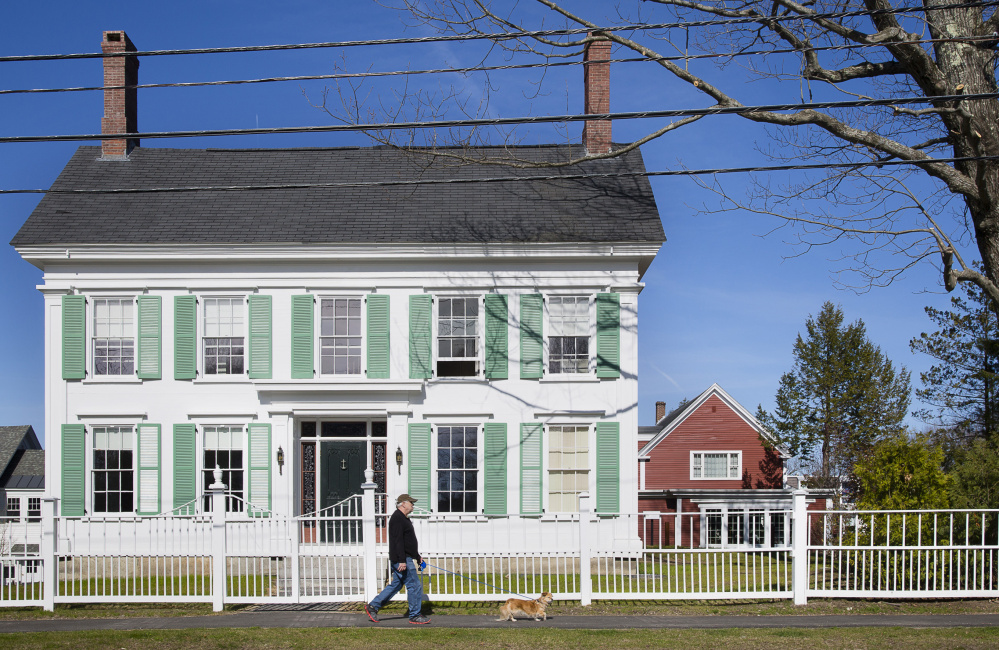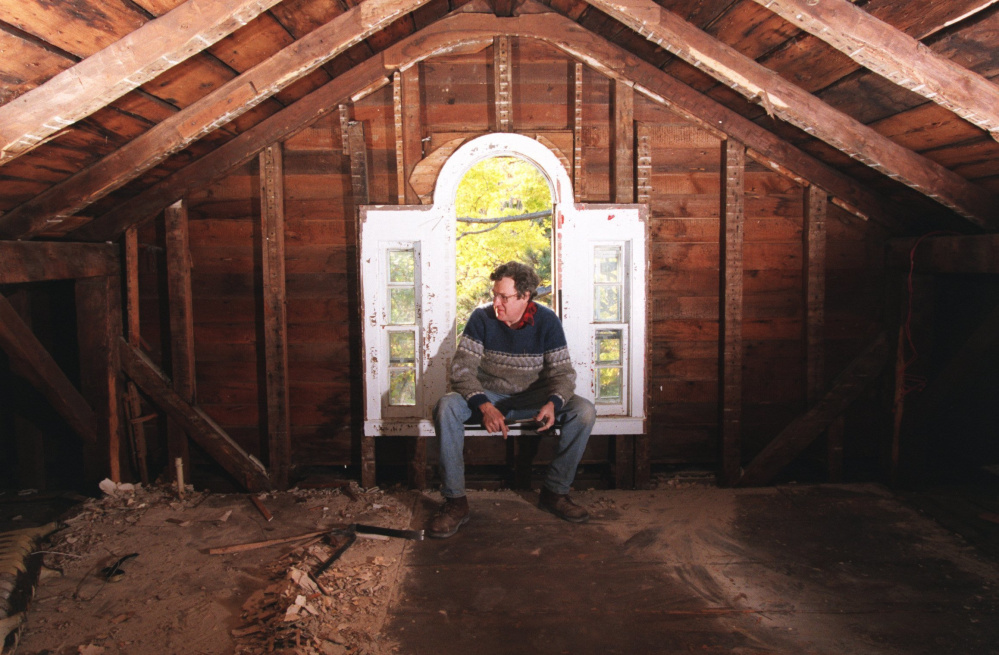HARTFORD, Conn. — The birthplace of abolitionist writer Harriet Beecher Stowe, which was disassembled and stored in trailers 20 years ago, has been put up for sale on eBay.
The move is the latest in the unusual history of preacher Lyman Beecher’s Litchfield house, which was built in 1811, served as the childhood home for his 11 children and was later a sanitarium and then a dormitory for a private school.
It was sold by the Forman School for $1 and deconstructed in 1997 by a buyer who planned to move it and turn it into a museum about the early life of the “Uncle Tom’s Cabin” author. But those plans never came to fruition.
The remains of the house, which have been stored in four storage trailers in Massachusetts and Connecticut, were acquired two years ago by a Woodbury antiques dealer, Art Pappas, who is looking for someone willing to purchase and restore the building.
Pappas said he has advertised the house with organizations that specialize in the sale of historic homes and offered it to the Smithsonian and other museums, but with no luck.
“A lot of them just don’t show any interest whatsoever, which blows my mind,” he said. “It’s the birthplace of Harriet Beecher.”
The famed writer penned a portion of “Uncle Tom’s Cabin” while living in a rented house on Federal Street in Brunswick, Maine. That home, bought by nearby Bowdoin College in 2001, now houses Bowdoin College faculty offices and “Harriet’s Writing Room,” a public space dedicated to commemorating Stowe’s contributions to American literature and history.
Pappas said he’s now turned to more mainstream internet marketplaces to list the Connecticut home, including Craigslist and eBay, where a $400,000 listing expires on Aug. 14. There were no bids for the property as of Friday. Pappas says the price is negotiable.
Folk singer Pete Seeger also lived in the building when it was a dormitory during the 1920s.
“The thing about eBay is it doesn’t really cost anything for the advertising at this point. We’ve spent a lot on advertising, but we’ve gotten more of a response from eBay and Craigslist,” Pappas said.
The antiques dealer says he has the original plans for the home and can put any buyer in touch with experts who can help put the “thousands of pieces” back together.
The home is listed on the state’s Register of Historic Places. But Rob Michalik, a spokesman for Connecticut’s Historic Preservation Office, said they have no plans to acquire the house.
“Our interest is in preserving the historic fabric of structures and given that this has been in storage for 20 years, we don’t know how much of that historic fabric remains,” he said.
The Harriet Beecher Stowe Center in Hartford also has no plans to bid on the property. Executive Director Katherine Kane said that organization’s focus remains the upkeep of the museum and Hartford house where Stowe lived as an adult on a property adjacent to Mark Twain.
“When (the birthplace) was available 20 years ago both the Stowe Center and the Litchfield Historical Society evaluated the building and determined there was not much left of it from the Beecher era,” she said. “I wouldn’t say that it wasn’t worth preserving. But it’s not on the site where it was built or in the community where it was built. So it’s lost some of its context already and then being deconstructed makes it even more difficult. It’s very sad.”
Pappas said he likely will put up another 30-day listing on eBay if he gets no offers before Monday, but eventually must decide whether it might be better to sell off pieces of the home as antiques and the rest as building material.
“It can’t stay in storage forever, it will just rot at some point,” he said.
This story and a photo caption were corrected at 9 a.m. on Saturday, August 12 to remove a misleading and irrelevant reference to an “ownership dispute” related to Bowdoin College’s April purchase of another property, 28 College Street in Brunswick. Historians have significant doubts about that property’s connection to Stowe, and the dispute between the college and the property’s former owner was related to a purchase option, not ownership.
Send questions/comments to the editors.




